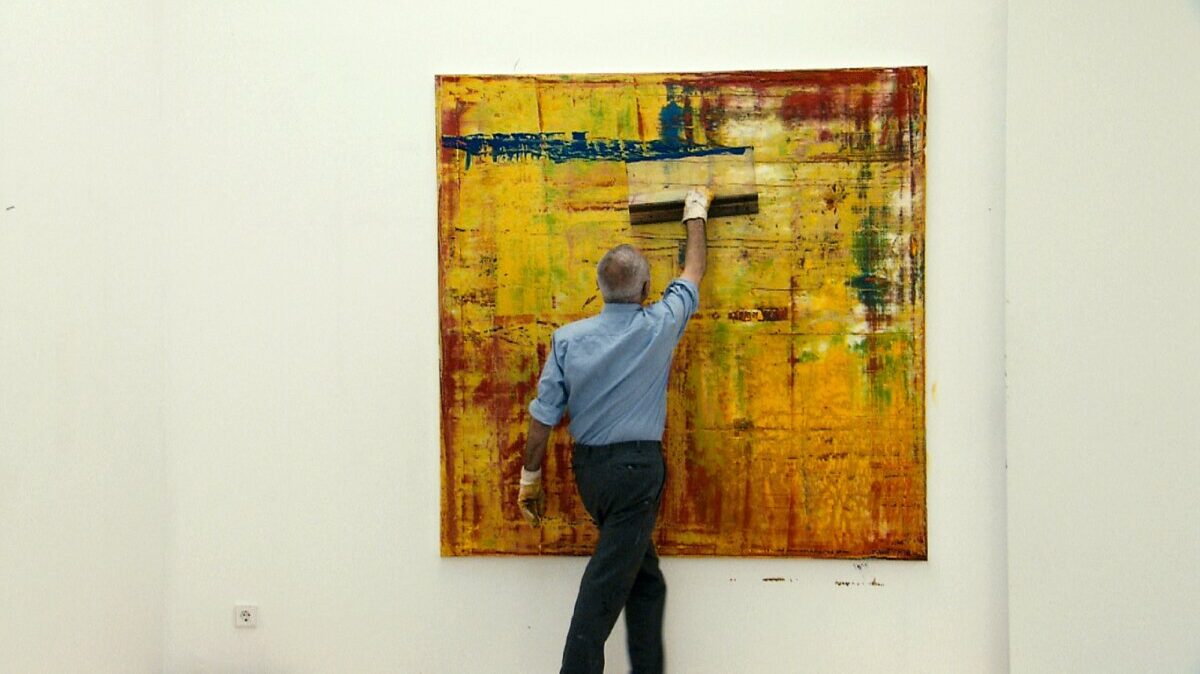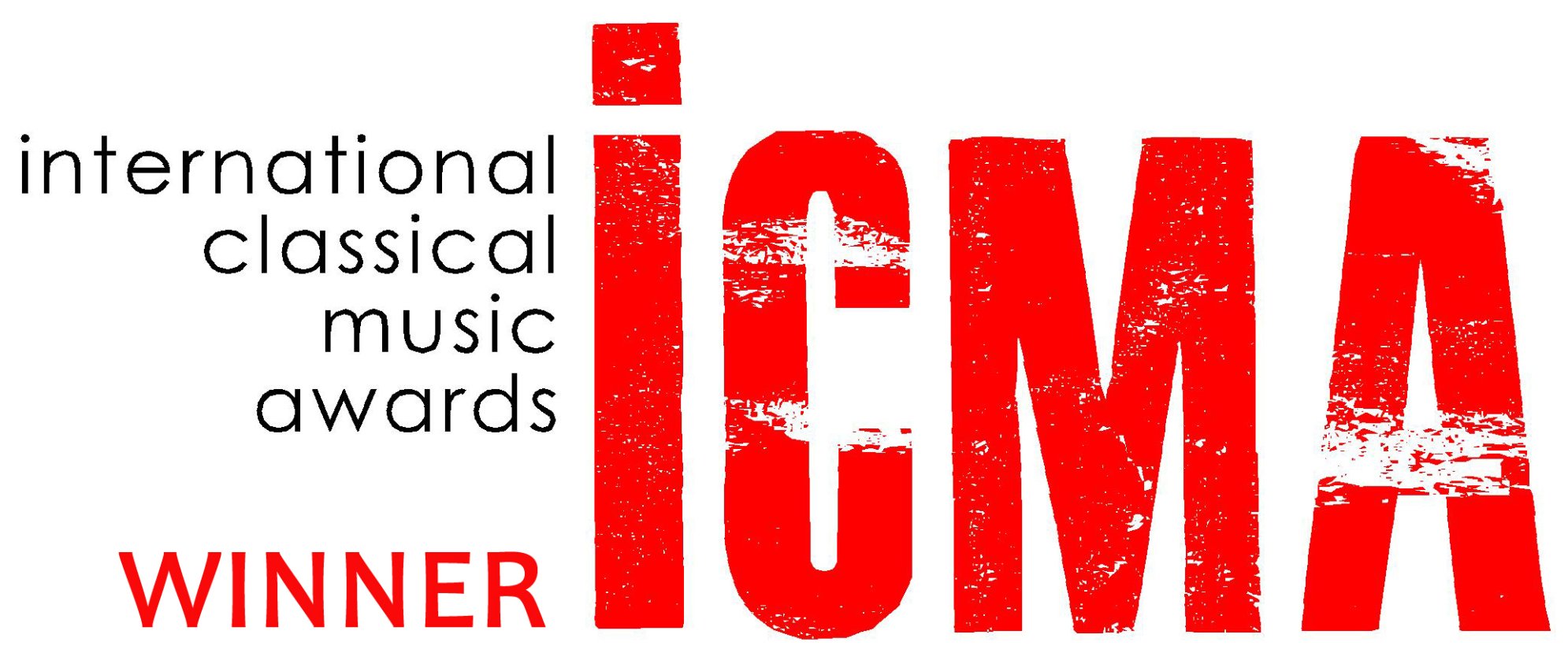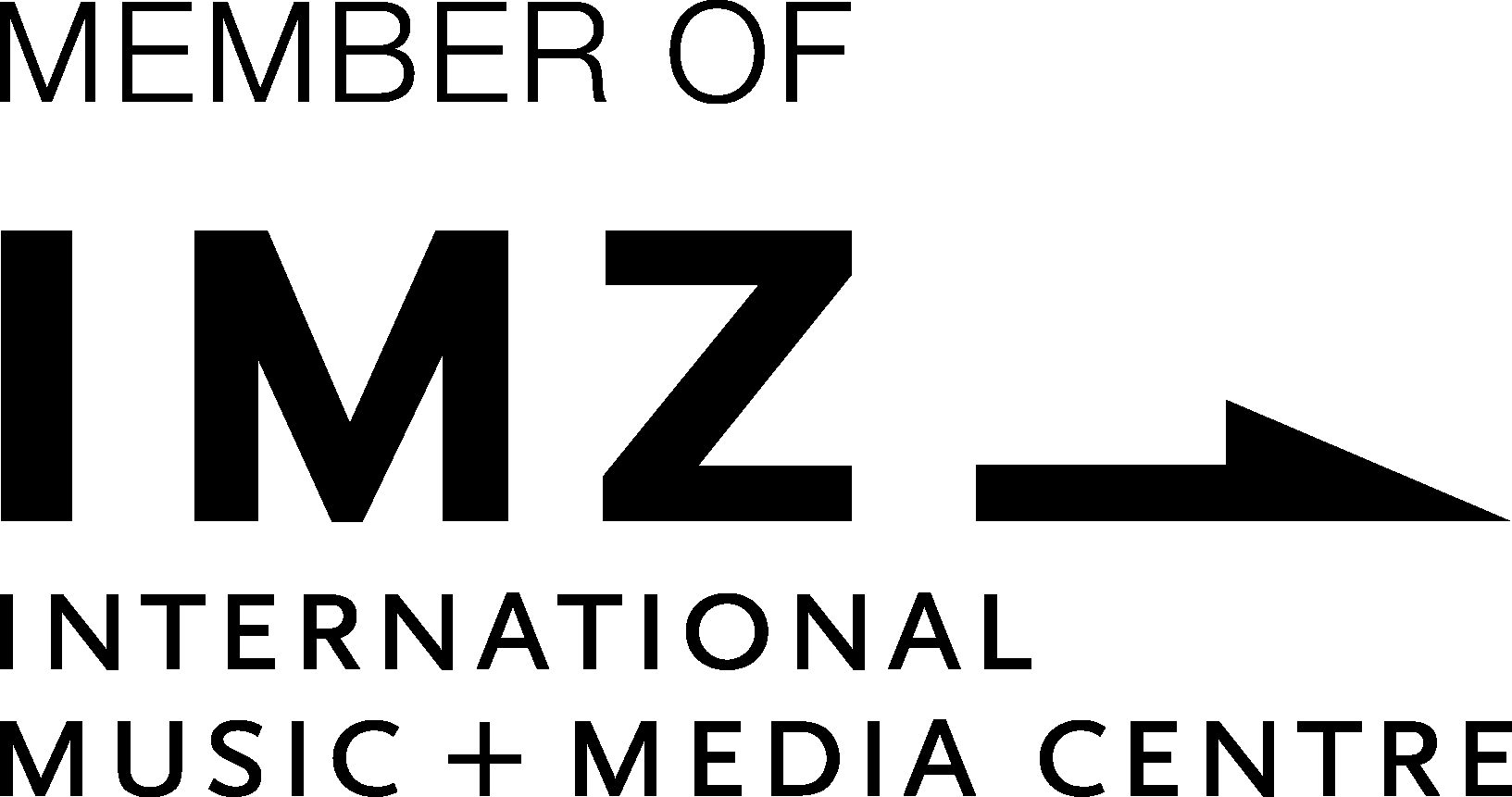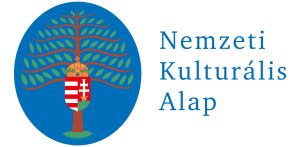
From 27 August, the Hungarian National Gallery’s exhibition Gerhard Richter. Truth in Semblance presents a comprehensive overview of the oeuvre of Gerhard Richter, considered one of the most important contemporary artists, through almost eighty works and series.
Almost ten years ago, the Museum of Fine Arts—Hungarian National Gallery (Magyar Nemzeti Galéria, MNG) launched a series of contemporary German exhibitions, which after Günther Uecker, Jörg Immendorf and Georg Baselitz now presents the works of “one of the world’s, if not the world’s greatest living artist”, Gerhard Richter, the director general of the institution recalled at the press preview of the exhibition.
László Baán emphasised: “Gerhard Richter is one of the outstanding, enigmatic geniuses of contemporary art”, whose oeuvre is being shown for the first time in a comprehensive exhibition in Hungary.
Evelin Hust, Director of the Goethe-Institute in Budapest, also listed Gerhard Richter among the most important German painters. Born in 1932, the artist has lived through all the regimes of the last hundred years in Germany, having lived under National Socialism as a child and then as a young man in the socialist GDR, from where he defected to the West in 1961.
Although he already was an established painter in East Germany, he would probably have never become such an artist if he had not freed himself from the “ideological straitjacket” that had restricted him until then, says Hust.
Kinga Bódi, curator of the exhibition, highlighted: Gerhard Richter is a versatile, sensitive, often self-ironic artist who cannot be categorised into a single style or school, therefore the artworks on display at the exhibition go along thematic nodes rather than following chronological order of his oeuvre.
Last year, the almost 90-year-old artist announced the end of his life’s work as a painter, but he has not completely abandoned his art: for the Budapest exhibition, for example, he has created a series of twenty drawings, which will be shown in the first room of the exhibition.
There are strong parallels with these recent works in the 1957 series of graphics entitled Elba, which was made in the GDR, and on the opposite wall are some of Richter’s iconic photographic paintings.
Kinga Bódi recalled that after the painter’s defection to Düsseldorf in 1961, he completely restarted his life’s work, re-enrolled at university, and searched for his own language. Soon, photography became the starting point for his paintings: however, he did not render the images cut out of tabloid magazines in a photo-realistic way, but rather in grey tones, somewhat blurred, so that the viewer concentrates on the image as a whole rather than on the figures.
Through reproductions, a separate room presents Gerhard Richter’s historical portrait gallery for the 1972 Venice Biennale, which features forty-eight “brilliant minds” from Einstein through Puccini to Kafka, painted in black and white in the same size, in search of a kind of lost identity, a lost father image.
In addition to Gerhard Richter’s figurative works, he also has a stylistically diverse abstract oeuvre, said Bódi, who has placed the geometric works of the Colour Patterns series on the wall opposite the Titian series of dissolved gesture paintings.
Family portraits are rare in the painter’s oeuvre, but some iconic works are on show at the MNG, including a portrait of his daughter Betty, which is at the same time sensual and distant, painted from a novel angle. The exhibition closes with a series of abstract works by Gerhard Richter, the last of which is a series on the theme of the Holocaust in Birkenau in the last room.
In Gerhard Richter the Painter, a film screened at the exhibition, the artist himself talks about the essence of painting, while Benjamin Katz’s series of sixty photographs captures Gerhard Richter in his studio in Cologne.
The exhibition, featuring works from a number of international and Hungarian public and private collections, will be on view until 14 November in Building A of the Hungarian National Gallery.






